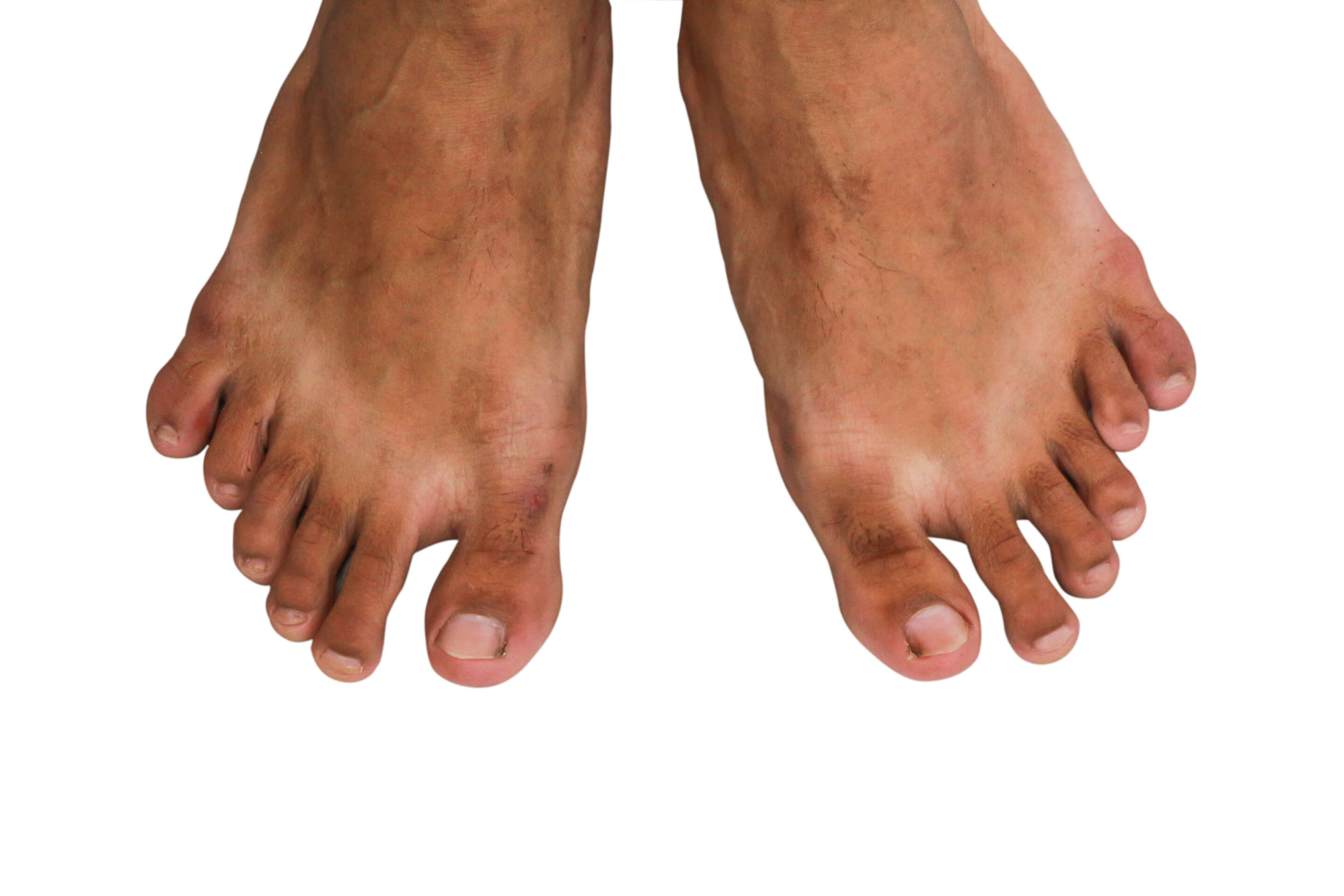Polydactyly
Polydactyly, also known as hyperdactyly, is a congenital condition where a child has more than five toes on one or both feet. This condition can run in families and might occur as an isolated anomaly or be associated with genetic syndromes. Early diagnosis and appropriate treatment are crucial for ensuring your child’s healthy development.
What is Polydactyly?
Polydactyly is characterized by the presence of extra toes, which can vary in size and formation.
Types of Polydactyly
- Preaxial Polydactyly: Extra toes located on the inner side of the foot (near the big toe).
- Postaxial Polydactyly: Extra toes located on the outer side of the foot (near the little toe).
Formation of Extra Toes
- The extra toe may be smaller and not fully formed.
- It may or may not contain bones, muscles, and other tissues.
Causes and Genetic Factors
Polydactyly often runs in families and can be passed down genetically. It may appear as an isolated condition or as part of a genetic syndrome. Understanding the genetic background can help in diagnosing associated conditions and planning the best treatment approach.

Diagnosis of Polydactyly
Early diagnosis is essential for planning treatment. Diagnostic procedures typically include:
- Physical Examination: Initial assessment of the foot structure.
- Imaging Tests: X-rays or ultrasound to determine the internal structure of the extra toe, including bones and soft tissues.
- Genetic Testing: Identifying any underlying genetic conditions or syndromes associated with polydactyly.
Treatment Options for Polydactyly
Treatment depends on the formation and structure of the extra toe.
Non-Surgical Treatment
- If the extra toe is a simple stalk without bone, it can be removed using a clip to help it fall off naturally, similar to how a navel stump is treated.
Surgical Treatment
- For well-formed extra toes containing bones and muscles, surgical removal is usually recommended.
- Surgery aims to provide the best functional and cosmetic outcome for the child.
- The procedure is typically performed under general anesthesia and involves careful planning to minimize scarring and ensure proper foot function.
Post-Treatment Care and Recovery
Proper post-care is essential for optimal recovery after treatment.
Post-Surgical Care
- Monitoring for signs of infection.
- Regular follow-up visits to assess healing and foot development.
- Physical therapy may be recommended to ensure proper movement and strength in the foot.
Why Choose Our Clinic for Polydactyly Treatment in Southern CA?
- Expertise in Pediatric Foot Conditions: Our team specializes in treating a wide range of pediatric foot conditions, including polydactyly.
- Comprehensive Care: From diagnosis to post-treatment care, we provide compassionate care tailored to your child’s needs.
- Advanced Treatment Techniques: Utilizing the latest techniques and technologies to ensure the best outcomes for your child.
- Family-Centered Approach: We understand the emotional and practical concerns of families and offer support throughout the treatment process.
Contact Us for Expert Polydactyly Care
If your child has been diagnosed with polydactyly or if you have concerns about your child’s foot development, don’t hesitate to reach out. Our experienced team is here to provide the highest quality care and support.
Call us today to schedule an appointment and learn more about your treatment options.
Contact Us
Ladera Ranch
333 Corporate Dr. Ste 230, Ladera Ranch, CA 92694
Tel: (949) 364-9255 (WALK)
Fax: (949) 364-9250
Office Hours:
Monday - Friday: 9am - 5pm
*(Lunch 12 noon - 1pm)
Orange
2617 E Chapman Ave. Ste 303, Orange, CA 92869
Tel: (714) 639-7993
Fax: (714) 639-0729
Office Hours:
Monday - Friday: 9am - 5pm
*(Lunch 12 noon - 1pm)
